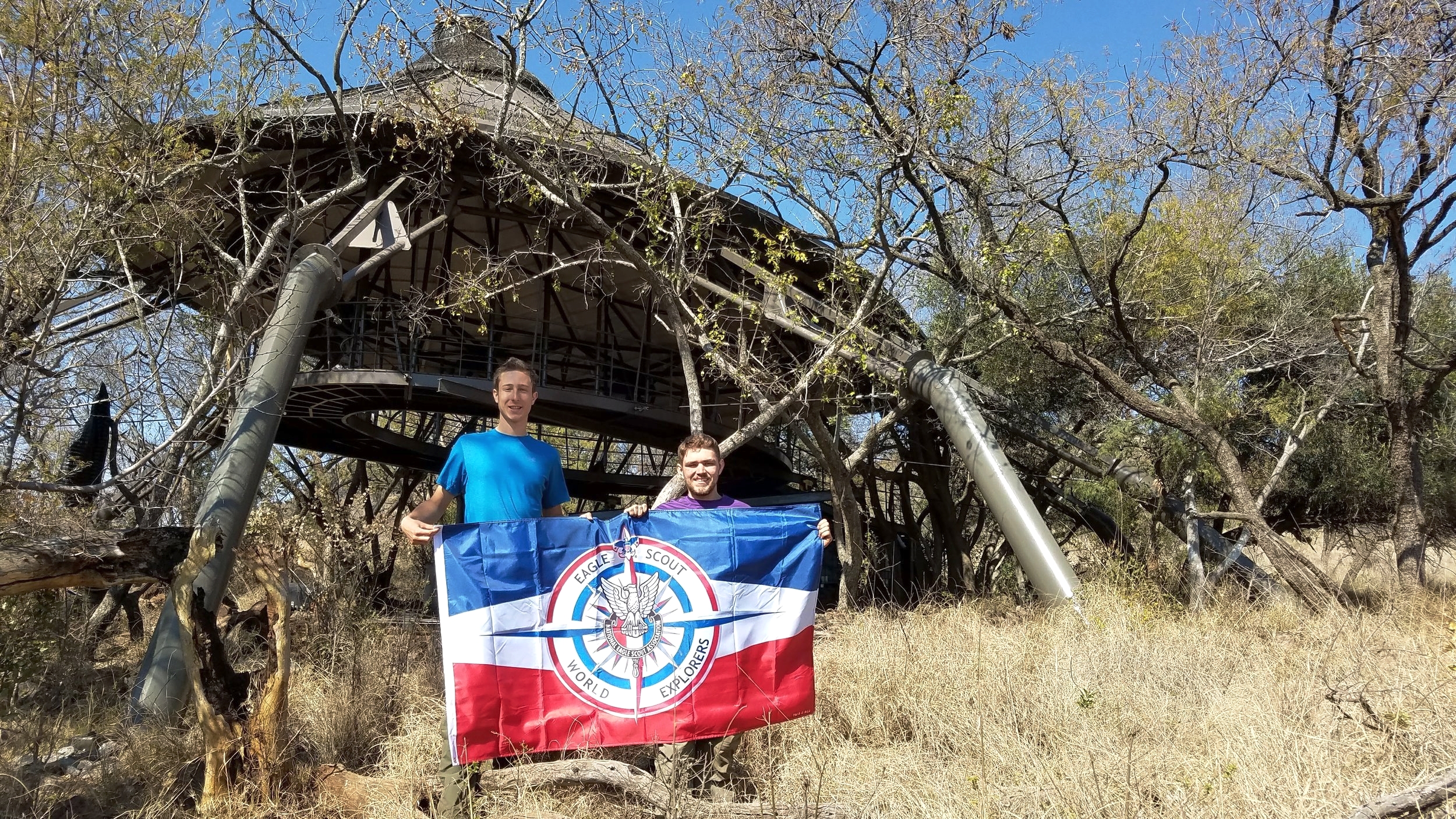A Typical Day in South Africa: Part 2 – The Malapa Fossil Site
For the other half of the weekdays we weren't exploring, we worked at the Malapa Fossil Site. This was the site which originally brought Lee Berger to fame, when his son Matthew found a hominid clavicle back in September of 2008.
When we first arrived at the site, we were given a brief tour of the building's architecture. I could try and explain it all here, but I am sure I would not do the building justice. Just know that it includes features ranging from movable legs, to BMW experimentally produced sheet metal which was donated to create the thatched appearance of the roof (BMW wanted to see how the material would hold up under no-maintenance, high environmental stress conditions). For a detailed description of the building, I would recommend the one found on the South African magazine, Visi's write up.
The main tasks at the site were split into three main parts: excavation, sorting, and documenting. A typical work day would last about 5 hours.
1. Excavation consisted of using a small brush and trowel to clear the dirt in the square meter grid sections. This was at times a painstaking process, but also one of the most fun in my opinion. If any of you have done those kits for children with the toys hidden inside, where one has to brush away the sand until something is revealed, you will have a sense for what this was like.
2. Sorting involved using large sieves to sift out all the loose dirt particles, before transferring the remaining mixture to a wet sieve, where one would lower the tray below the water trough, allowing the organic parts such as roots and leaves to float to the surface. Then began the tedious process of looking over each and ever remaining stone in the search of fossils. While Ethan and I were working, we did find a few fossils, but it is nearly impossible to say what type until they are later carved out of the rock by a lab technician using an apparatus similar to a dentist's drill.
Ethan sifting out the loose dirt particles. This was quite a messy process, and the fine dust stayed on our skin even after washing our hands and showering multiple times.
This was the trough we used to get rid of organic matter. At the start of each day, we had to shovel out all the dirt that collected into mud at the bottom of the basin. Here you can see me shoveling the dirt and Pume, a graduate student, with some of the mud on her hands.
3. Documenting was a time intensive process with multiple aspects. First, we used a camera system to establish a 3D coordinate for anything of interest we found while digging (this was only used for things uncovered before the sifting process). Then, we would take a close up picture with a pegboard description of the object. Finally, after each layer in a specific square was excavated, a photo was taken and someone then had to sketch the square by hand.
Here is the sketch I did of the square I excavated during my first day at Malapa
All in all, working at Malapa was an eye opening experience that showed Ethan and I another aspect of the daily work of paleoanthropologists. Although the site we worked on was very unique, most of the methodologies we learned while working there are used across the field of paleoanthropology.
###
The main photo is of Ethan and I holding up the National Eagle Scout Association's Expedition Flag in front of the Malapa building.








